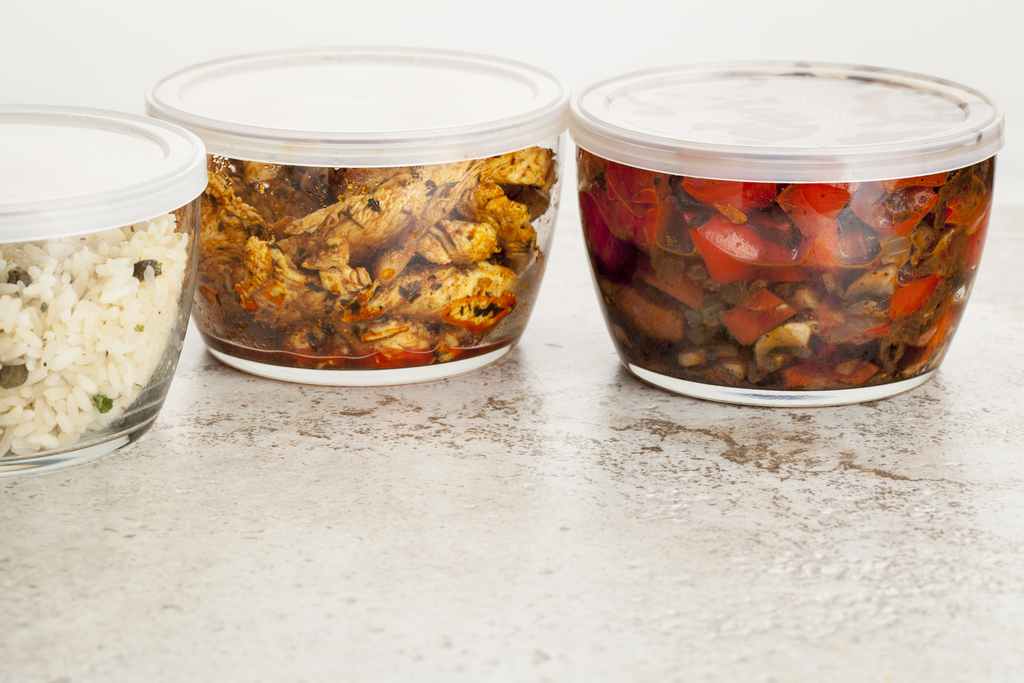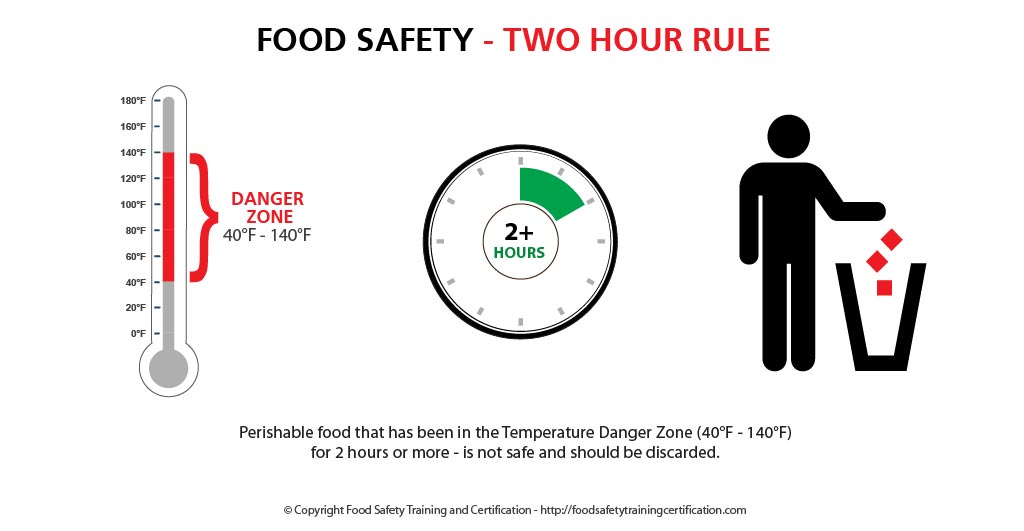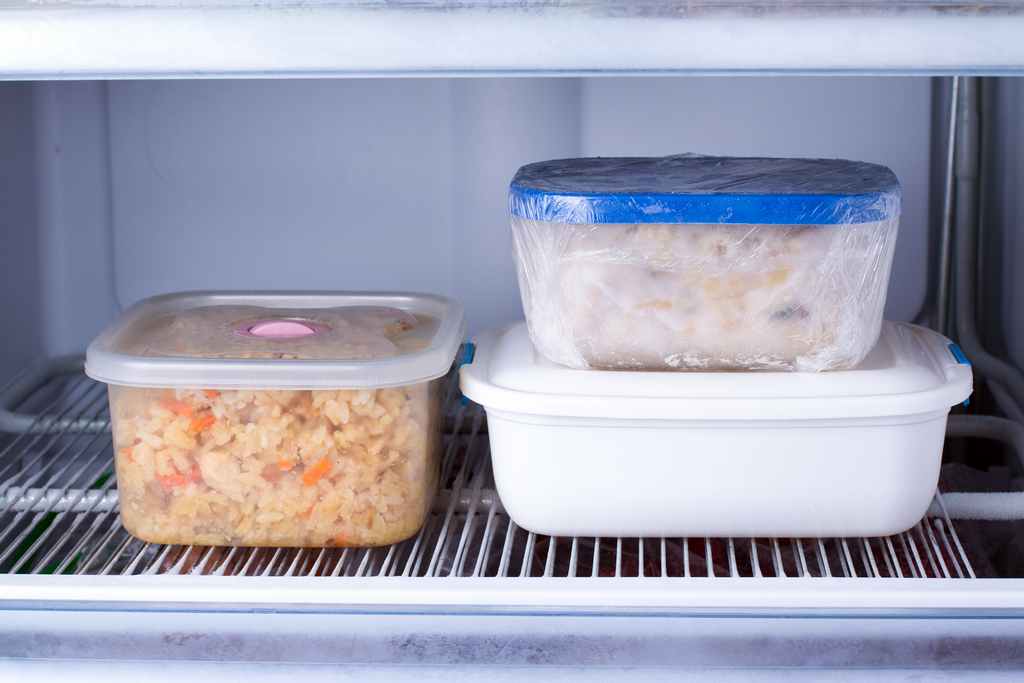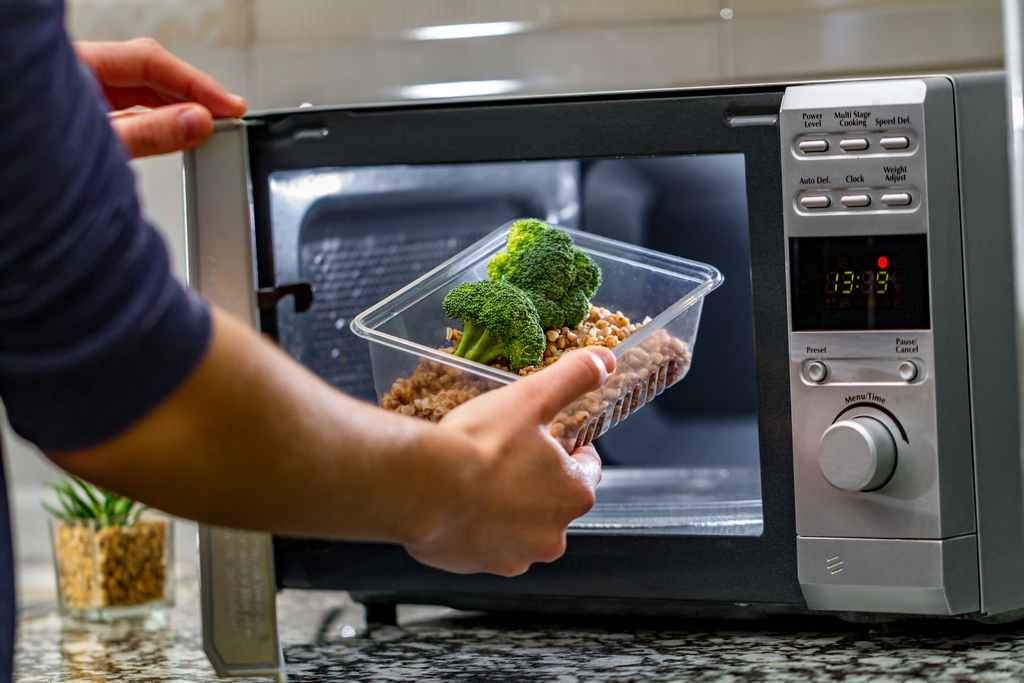You spend hours preparing your wonderful holiday meal and you refuse to let the leftovers go to waste. There are some important food safety rules about leftovers that you need to follow to ensure no one gets a foodborne illness.



Proper Storage Containers and Safe Times
Improper storage containers and storage time can lead to bacteria growth that can make you sick. First off, storage containers for leftovers need to be shallow containers to decrease cooling time. This helps the food cool faster and from spending less time at unsafe temperatures (between 40°F to 140°F).



According to the FDA, leftovers are only safe for 3-4 days in the refrigerator. The types of bacteria that cause food illness don’t affect the taste, smell, or appearance of food. This is why it’s important to freeze or toss refrigerated leftovers after 3-4 days. If you are unsure of how long your leftovers have been sitting in the refrigerator, don’t take the risk – when in doubt, throw it out!
If you don’t think you’ll be able to eat leftovers within 4 days, freeze them immediately.
- Learn about proper hygiene, cross contamination, cold and hot food safety, foodborne pathogens, and best practices to prevent foodborne illness.
- Food Manager Training & ANSI Certification - $99.00
- Food Handler Training - only $7.00!
- HACCP Training: 16hr/4hr/1hr
- Food Allergy Training - $15.00
- Enter Promo "train10off" at Checkout
Leftovers – Basic Rules
For your leftovers follow these simple rules:
- If you have any leftovers, refrigerate them within 2 hours. If food is left out in a hot environment, with temperatures above 90 °F, refrigerate within 1 hour.
- Put leftovers in shallow containers, preferably 2 inches depth.
- Keep your refrigerator at less than 40 °F.
- After 4 days in refrigerator, throw away leftovers.



Leftovers – Safe Container Tips
Follow these tips to store your leftovers and refrigerate (or freeze) within 2 hours:
- Small Portions: Divide perishable food items into smaller portions and place into shallow containers with lids.
- Airtight Packaging: Wrap food items in airtight packaging, or seal them into freezer bags or airtight containers. This helps keep bacteria out, retain moisture and prevent leftovers from picking up odors from other food in the refrigerator.



Leftover – Safe Reheating Tips
When reheating leftovers, be sure they reach 165 °F – as measured with a food thermometer. Reheat sauces and gravies by bringing them to a rolling boil. Cover leftovers when reheating them to help retain moisture and allow the food to heat all the way through.



Summary
Remember these food safety tips when dealing with leftovers that you need to follow to ensure no one gets a foodborne illness.






